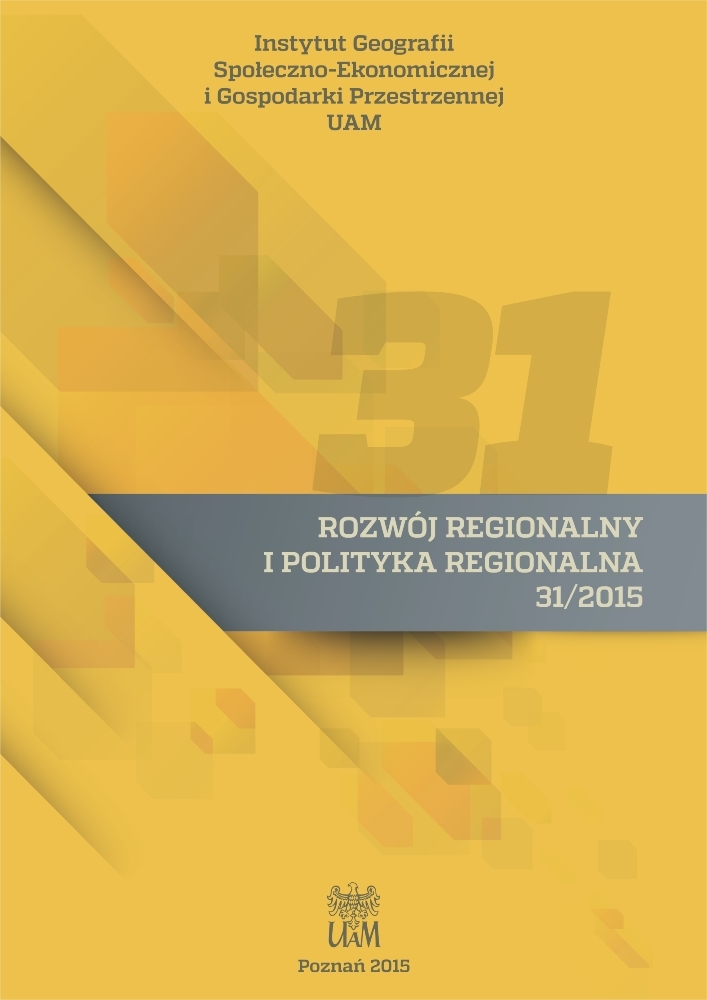Abstract
This paper explores the phenomenon of studentification in the UK and Poland. More specifically, the paper illustrates cultural base of conflicts and debates connected with studentification and methods of its researching. It is argued that there is a difference between geographers and cultural urban studies vision of student communities and the geographical, economic, social and culturaleffects of the promotion of higher education in the end of 20th century. Studentification generate gentrification, but it has also a positive impact on city dwellers and local communities. Enlarged student populations should be integrated into communities characterized by much the same styles of life, modes of consumption, inherited cultural capital and “good taste”. Students are dispersed to different parts of towns and cities. These new tendencies in student population may foster resentment and conflict between students and established residents. It is asserted that the impact of cultural factors could not be the most important for the residential geographies of students, however they are crucial for characteristic of such concepts like studenthood and studentland, closely tight with the very notion of studentification. They are a factor in the rise of studentification and the mobility of established communities. It is argued that these young communities signified lucid exemplars that the city-university relations seek to engender. The paper concludes by considering some possible issues of studentification in the field of cultural urban studies.References
Allison J. 2006. Over-educated, over-exuberant and over her? The impact of students on cities. Planning Practice and Research, 21: 1. DOI: https://doi.org/10.1080/02697450600901541
Bourdieu P., Passeron J.C. 1979. The Inheritors: French Students and their Relation to Culture. University of Chicago Press, London.
Chatterton P., Holland R. 2003. Urban Nightspaces. Youth Cultures, Pleasure Spaces and Corporate Power. Routledge, London–New York. DOI: https://doi.org/10.4324/9780203402054
Grzeszczak J. 2010. Gentryfikacja osadnictwa. Charakterystyka, rozwój koncepcji badawczej i przegląd wyjaśnień. PAN IG I PZ, Warszawa.
Sage J., Smith D., Hubbard P. 2012. The Diverse Geographies of Studentification: Living Alongside People Not Like Us. Urban Studies, 27(8). DOI: https://doi.org/10.1080/02673037.2012.728570
Sage J., Smith D., Hubbard P. 2013. New-built Studentification: A Panacea for Balanced Community? Urban Studies, 50: 2623–2641. DOI: https://doi.org/10.1177/0042098013477694
Smith D.P. 2007. Studentification and ‘apperentice’ gentrifirs within Britain’s provincial towns and Cities: extending the meaning of gentrification. Environment and Olaning, 39(1): 142–161. DOI: https://doi.org/10.1068/a38476
Smith D.P. 2008. The politics of studentification and '(un)balanced' urban populations: lessons for gentrification and sustainable communities? Urban Studies, 45, 12: 2541–2564. DOI: https://doi.org/10.1177/0042098008097108
License
Copyright
© 2015 IGSEiGP, Uniwersytet im. Adama Mickiewicza w Poznaniu
OPEN ACCESS
